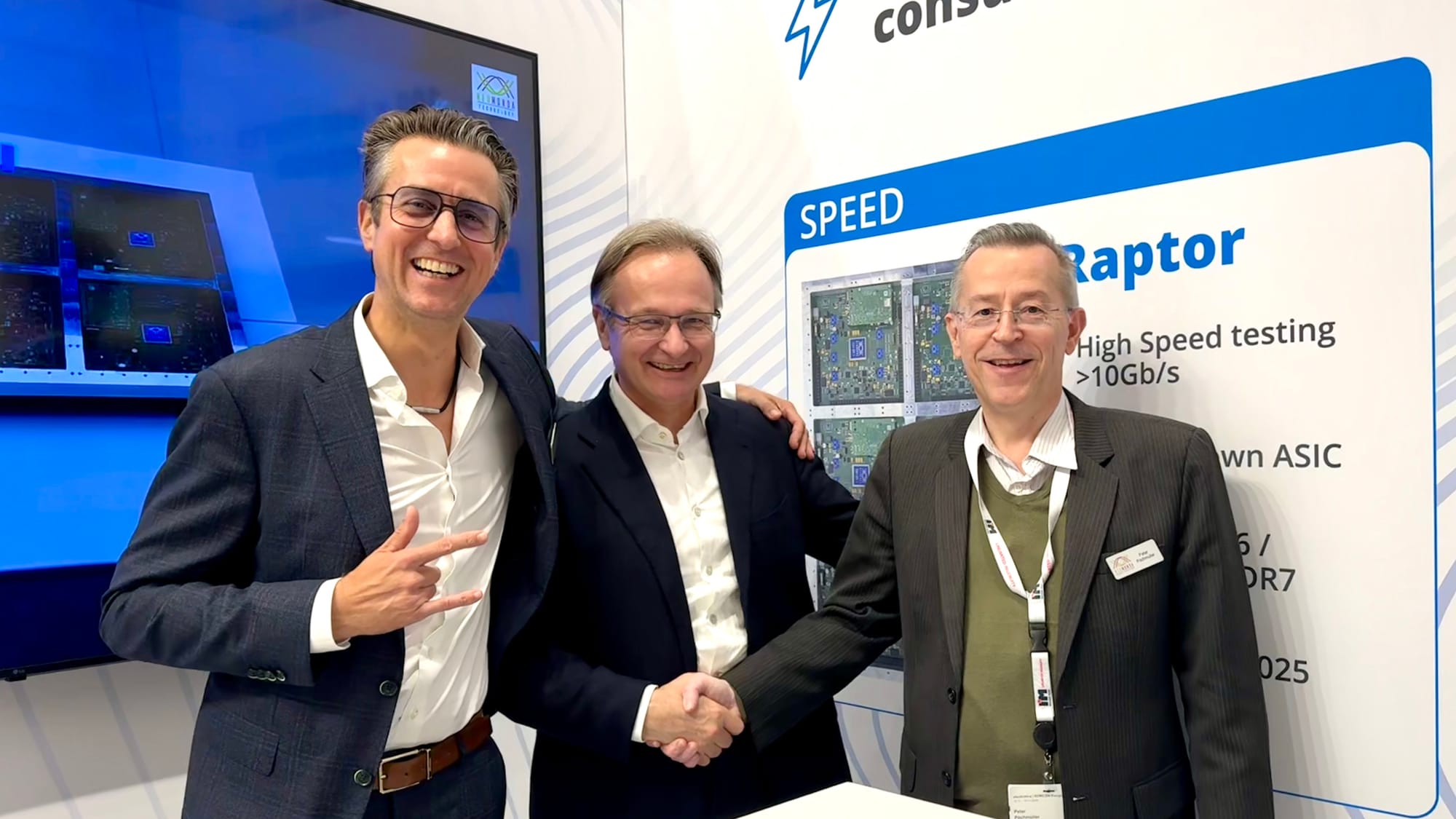ASML kicked off 2025 with solid first-quarter performance, beating expectations on both earnings and revenue as demand for advanced lithography tools—driven by AI and next-generation semiconductor nodes—remained robust. While the company reaffirmed its growth outlook for 2025 and 2026, it also flagged increasing geopolitical uncertainty, particularly around US-China tariffs, as a risk factor for the months ahead.
ASML delivered strong Q1 2025 results, with earnings per share of $6.82 and revenue of $8.80 billion, reflecting a 56% year-over-year increase. The company met or exceeded guidance across major financial metrics, with gross margins at 54%, supported by favorable EUV system configurations and higher average selling prices. Net system sales reached €5.7 billion—€3.2 billion from EUV and €2.5 billion from non-EUV—while Installed Base Management sales added €2 billion. Bookings totaled €3.9 billion, mostly from logic customers. Despite a seasonal dip in free cash flow due to payment timing and capital investments, ASML remains financially strong with €9.1 billion in cash.
CEO Christophe Fouquet and CFO Roger Dassen emphasized the ongoing strength of AI as a demand driver, particularly in advanced logic and memory, while acknowledging growing macroeconomic and geopolitical uncertainties—especially around tariffs. They reiterated revenue expectations for 2025 between €30 billion and €35 billion, with 2026 also anticipated to be a growth year. However, they cautioned that new tariff dynamics introduce significant unknowns for both ASML and its customers, which may affect gross margins and the broader supply chain.
On the technology front, ASML made progress with both its Low NA and High NA EUV systems. The NXE:3800E tool is now shipping at full spec and is seeing strong adoption among logic and memory customers aiming for single-expose EUV. Meanwhile, the High NA NXE:5000 has demonstrated better maturity compared to the Low NA at a similar stage, with customers like Intel and Samsung reporting substantial gains in productivity and process simplification. ASML shipped its fifth NXE:5000 in Q1 and is beginning shipments of the NXE:5200, which will be critical for phase two customer evaluations. Full-scale adoption is expected from 2026–2028, contributing to ASML’s long-term revenue forecast of €44 billion to €60 billion by 2030.
ASML addressed growing concerns over US and China tariffs, highlighting the high level of uncertainty surrounding their scope and impact. The company is actively assessing both direct and indirect consequences, including tariffs on system sales, parts imports, and servicing operations. ASML emphasized that it is working closely with customers and suppliers to mitigate disruptions and ensure that tariff-related costs are fairly distributed across the value chain, rather than being absorbed solely by ASML. While management acknowledged that these discussions are still evolving and outcomes remain unclear, they cautioned that tariffs could introduce volatility in margins, supply chain planning, and customer delivery schedules. Despite this, ASML noted that the current business conversations with customers remain unchanged and the long-term strategic investment momentum—especially in logic and AI-related capacity—appears resilient.
Sources:
ASML Holding N.V. 2025 Q1 - Results - Earnings Call Presentation (NASDAQ:ASML) | Seeking Alpha
ASML Holding N.V. (ASML) Q1 2025 Earnings Call Transcript | Seeking Alpha



%20(1).png)














